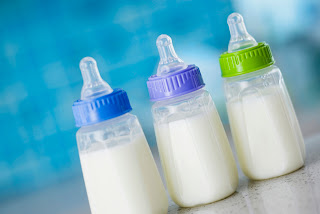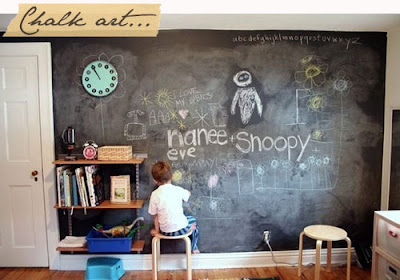This was one of the many activities that I did with my niece last year. It is easy to prepare and is guaranteed to be truck loads of fun for you and the little ones! All you need is:-
o Paper (the colourful the better)
o Pencil, scissors & glue
o A bowl of water
o and of course your kid’s pair of chubby little hands to assist you!
But, before I delve into the whole process-making, allow me to digress a little to share with you the inspiration behind this activity.
Last semester, I had “Science for Young Children” as one of my subjects for the Diploma in Early Childhood Education course that I am currently undertaking. We were taught that in order to teach science to young children effectively, we have to create stimulating and engaging activities for them to partake; activities that piques their curious little minds and above all else, meets their needs so as to help them understand and discover their surrounding world.
I aimed to put what I learnt into practice. So, I pored over some books and came across this activity that I thought will interest my niece tremendously since she is in this “I-like-flowers-because-they-look-pretty-on-my-hair” phase. So what better way to integrate some science learning into her evening play time with making floating & blossoming paper flowers!
So, this is what you need to do. (Have the kids to join in the fun. Not only will they enjoy cutting, pasting and folding but they will be working out their little muscles and fingers! For kids who are not confident or ready to cut on their own, your assistance would be required).
1. Cut out the paper into squares. Better yet, if you have origami paper, you can skip this step altogether.
 |
2.Then, fold the paper in half, then in half again. Draw a petal shape coming from the folded corner. It should look something like this. Then, cut it out |
 |
3. Open up the paper to reveal a 4-petaled flower. Cut paper circles
(preferably of a different colour than the paper flowers) and glue them on the center of the flowers |
 |
| 4. Then, fold the tip of each petal into the center of the flower, like this |
 |
5. Finally, fill a bowl with water and have the kids drop the paper flowers on the water
and witness the floating paper flower “blossom” before your very eyes! |
My niece enjoyed the whole process of making her own paper flowers. Firstly, she was intrigued that a folded piece of paper when cut “changed” into a flower. Then, when she placed the flower into the water, she burst with such great excitement and enthusiasm when the flowers opened. Questions after questions rolled out of her tongue as she tried to comprehend how the paper flowers could open by themselves. So I tried to explain to her in the simplest form that paper is absorbent and thus, water can soak into it. As the paper flower absorbs the water, the paper swells, forcing the paper petals to open.
That day, our “growing flowers” session (as my niece calls it) lasted for a whole hour. In fact, she wanted to extend it but I had to cut it short as it was time for dinner.
I must admit that the big grin on her face and her many shots of laughter that day was simply priceless and I think that is what every aspiring teacher (like myself) wish to see in their students’ faces after an activity.
 |
| A child's smile brightens up your day in an instant doesn't it? |
Looking back now, I think it is safe for me to say that my endeavour to apply what I learnt from class into practice was a great success. I was able to teach my niece the science concept of water and its properties all under the pretext of “playing”. In fact, she still requests to “grow flowers” now and then; and I have to say, her understanding of it all gets better and better each time.
So, this is my verdict: TEACH CHILDREN THROUGH PLAY. THEY LEARN BEST THROUGH PLAY & IT BRINGS OUT THE BEST IN THEM .
Go on, give this a try TODAY!!! You and your kids surely would not be disappointed J
















